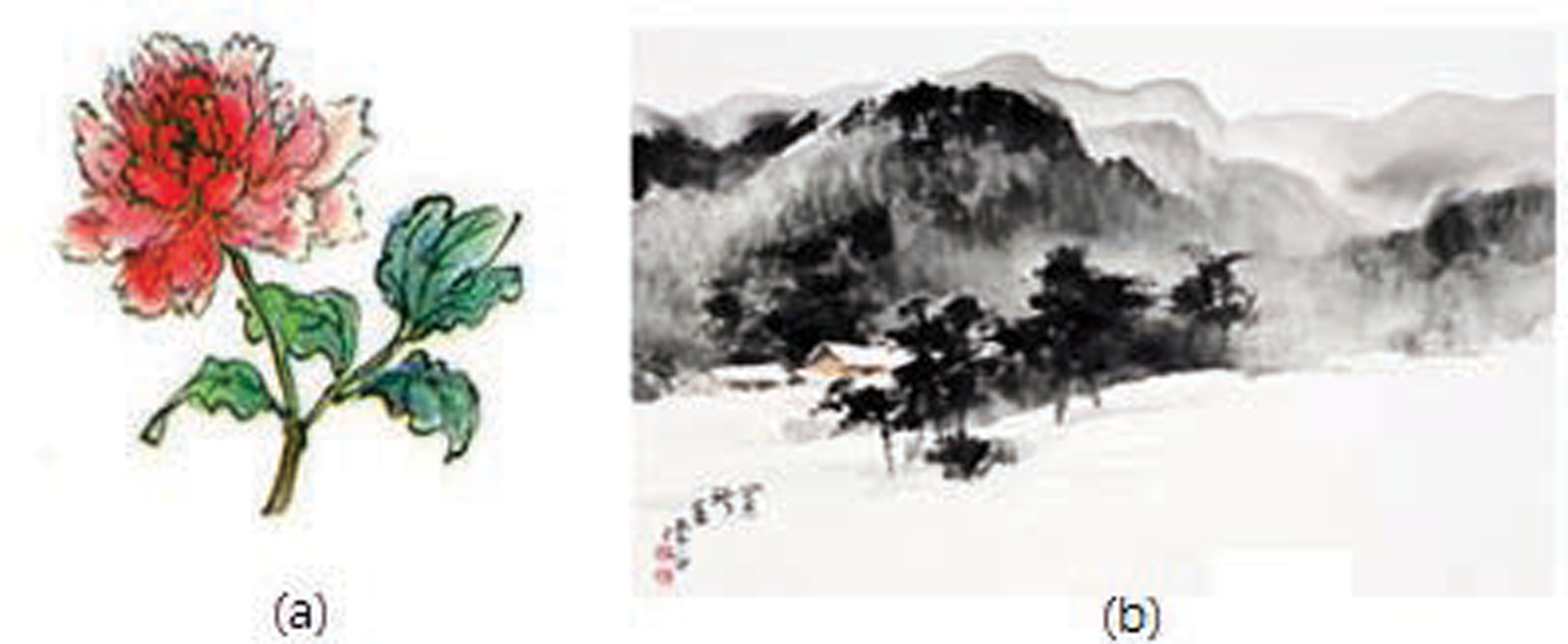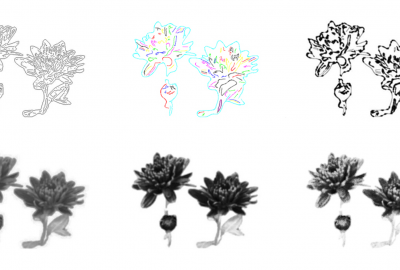“Oriental stylization with strokes and shades” by Bang and Park
Conference:
Type(s):
Title:
- Oriental stylization with strokes and shades
Presenter(s)/Author(s):
Abstract:
In oriental paintings, artists have developed a unique style that exploits the effects of the dispersion of the ink, composed of soot and glue, onto absorbent paper. These artists produce these effects purposely by manipulating the ink concentration, stroke speed and brush angle. We describe these artistic styles of oriental painting and show how we render a single image in the oriental painting style. Our work is to take a single image as input and produce an oriental brushwork-like image automatically as a result. This nonphotorealistic rendering do not have richness of physical painting system such as 3-D brushes but reproduce artistic style of paintings to an image with a speed. In recent years, oriental brushwork rendering have been applied for 3-D objects e.g. Non-photorealistic rendering in Chinese painting of animals by Yeh and Ouhyoung 2002 and stereo images e.g. Humanistic oriental art created using automated computer pocessing and non-photorealistic rendering by Cheok et al. 2007 that require geometric details and depth information, but our method proposes a system that reproduce the styles and effects of oriental paintings from single 2-D image by using a set of image processing techniques. Figure 1 shows an input image and the reproduced oriental paintings. We focus on reproducing the stroke drawing and artistic shades that are essential in conventional oriental paintings. Some artistic styles of painting exploit the variety of lines and deep shades at once, giving a charming feel to the oriental brushwork. One general technique is “gu-ru law”Figure 2(a), in which artists draw tufted thin lines for boundaries and geometric details, and brush the interior with abstract but contrasting shades of ink. Another artistic style shades the whole objects instead of drawing its boundary with lines Figure 2(b), and paints near boundary regions with highly contrasting intensities. Our overall framework consists of two modules: stroke drawing and artistic shading Figure 3. These modules, essential to oriental painting, are generated using a set of techniques. Abstraction: Given an input image, we simplify it for geometric abstraction and color quantization using bilateral filtering. The abstracted image is then used as the input for our stroke drawing and artistic shading modules. Stroke drawing: We extract and draw representative lines for boundaries and geometric details. Line extraction includes selecting feature points, discarding small features, and clustering and linking similar points. Next, the spline curves are fitted to the linked points after the linked points are once again subdivided into several clusters according to their size. Line fitting produces smooth curves of appropriate length and curvature, similar to human-drawn strokes. Then, the curves’ thickness is defined as proportional to the curvatures. Artistic shading: While oriental ink interacts with absorbent paper, ink disperses on the paper as water flows, the concentration of ink leaves bright-and-dark shades, and the residual ink disperses along the direction of the paper’s fibers. We reproduce these effects by following steps. First, filtering over time is used to reproduce the ink dispersion effects when water spreads and stops, by applying blurring and sharpening filters consecutively. Next, we reproduce the bright and dark shades that arise from irregular ink concentration by stretching lightness contrast nonlinearly based on intensity values from blurred images. Finally, we reproduce the local patterns due to dispersion along the paper’s fibers by using texture masks that are similar to textures of absorbent paper fibers. Composition: We compose the final results by combining stroke drawing and artistic shading, and by adding textures of absorbent papers for realistic effects. We produce the final oriental painting rendering as a composite of the results of stroke drawing and artistic shading from a single 2-D image. Figure 3 shows that strokes drawing; (a) is a map of edge by canny’s edge filter, (b) is for clustering, linking sampled features and discarding some groups which have few features, (c) presents a thickness in each group, artistic shading; (d) Filtering overtime from input image, (e) contrast stretching, and (f) applying the mask of paper-fiber.







